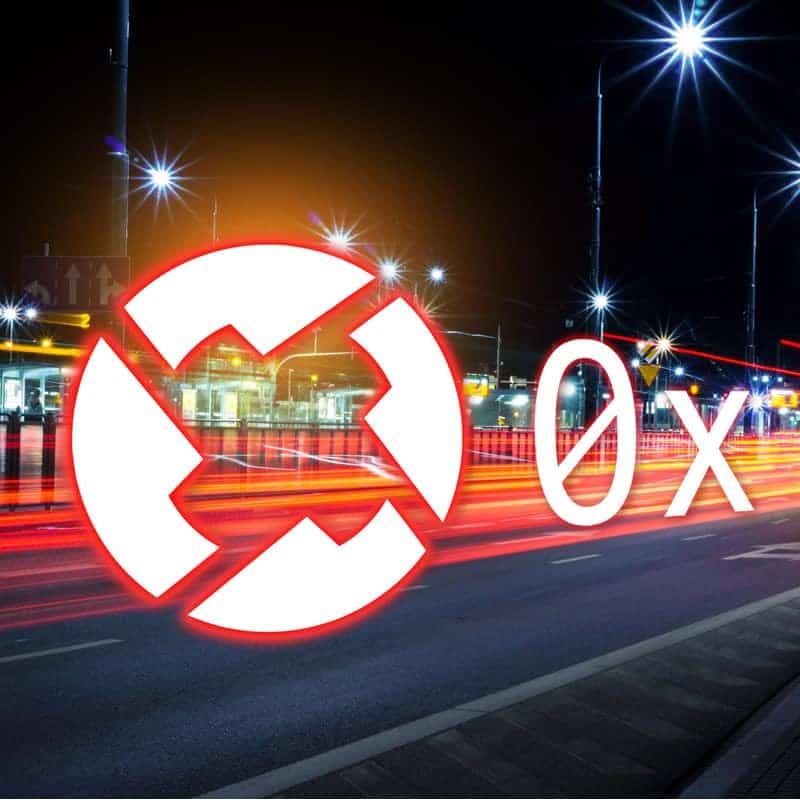What are utility tokens and how can you use them? Utility tokens are a unique type of cryptocurrency that gives holders access products and services. But how do utility tokens work and how do you invest in them? Here’s everything you need to know about this new type of cryptocurrency that differs from security tokens and coins like Bitcoin (BTC) and Ethereum (ETH).
The following article is for educational purposes only. It is not investment advice.
What Are Utility Tokens?
Utility tokens are cryptocurrency that represents access to a product or service, hence their name. While holding this type of cryptocurrency, this investor often has access to special deals within a company that they might get at a heftier price or not be able to access at all without it.
This does not mean that utility token holders have stock or any form of ownership in the company behind it. Instead, their value depends on the demand for the product or service they represent.
Utility Token ICOs
Most ICOs (Initial Coin offerings) are for utility tokens. An ICO is essentially an IPO (Initial Public Offering) for a cryptocurrency. But unlike an IPO, the investor does not receive stock in the cryptocurrency company, but access to products and services. Additionally, ICOs are typically open to the public, meaning that token fundraising can be very democratic.
According to ICOdata, initial coin offerings raised over $7 billion in 2018. These funds went to over 1,100 individual ICOs, most of which were utility tokens.
Lack of SEC Restrictions

Shutterstock
The SEC, or US Securities and Exchange Commission, only restricts investment on tokens that pass the Howey Test, meaning that they meet the following criteria:
- It is an investment of money.
- The investor invested because they expect a profit.
- The investment is a common enterprise. This means that the investor will only make money based on the actions of the investment issuer.
- Profits rely on the work of a third party.
If a token does not pass the Howey Test, then it isn’t a security. Instead, it’s a utility token.
A New Asset Class
This legal distinction has broad consequences for investors and token creators. What are utility tokens? In essence, they are an entirely new asset class outside SEC jurisdiction in the US (for now). Other countries have different restrictions.
This does not mean that every cryptocurrency called a “utility token” isn’t really a security token. ICOs will often do this in an attempt to avoid SEC regulations.
In a public statement, SEC chairman Jay Clayton explains, “Merely calling a token a ‘utility’ token or structuring it to provide some utility does not prevent the token from being a security.”
Anyone Can Invest or Fundraise a Utility Token
You do not have to be a qualified investor in any way to invest in a utility token ICO. For this reason, ICOs are likened to crowdfunding campaigns like Kickstarter and GoFundMe. This is why people have invested over $7 billion dollars into ICOs: the market is international and relatively unrestricted.
How to Invest in Utility Tokens

Shutterstock
There are two main ways to invest in a utility token, like all other cryptocurrencies that that SEC doesn’t label a ‘security’.
Exchange
Many of the cryptocurrencies you see listed on secure cryptocurrency exchanges are tokens. What this means is that you have to buy a cryptocurrency like Bitcoin (BTC) or Ethereum (ETH) first through an exchange like Coinbase. Then, you convert those funds into a different cryptocurrency token.
Tokens are listed alongside coins on secure cryptocurrency exchanges. However, it’s important to remember the distinction between coins vs tokens.
ICO
Another way to invest in a utility token is through an ICO or initial coin offering. This means buying a token before it’s listed on an exchange and the company behind it is fully operational.
Investing in ICOs is riskier than other forms of cryptocurrency investing because there is less regulation around it and therefore more potential for fraud.
Of course, it has its benefits, too, like getting in on a profitable token before it becomes expensive, or accessing a product or service at a low rate.
Highest Market Cap Utility Tokens

Shutterstock
Many of the tokens with the highest market caps are utility tokens. Here’s a complete list of all the utility tokens on the market today.
1. Binance Coin (BNB)
Market Cap: $1,207,000,000
Price $9.23
Binance exchange’s native cryptocurrency, Binance Coin (BNB) is an ERC 20 token with a cap of 200 million. Investors can use it to pay exchange, trading and listing fees on the Binance exchange.
2. Maker (MKR)
Market Cap: $499,400,000
Price: $685
Built on the Ethereum blockchain, Maker (MKR) is a platform for smart contracts. Specifically, MKR is a stablecoin and utility token that is stabilized by Collateralized Debt Positions.
3. OmiseGO (OMG)
Market Cap: $445,000,000
Price: $3.17
A cryptocurrency that runs as part of OmiseGO’s payment platform, OMG is a utility token with the purpose of giving people who don’t have access to traditional banking access to financial services within a payment platform.
4. 0x (ZRX)
Market Cap: $347,000,000
Price: $0.64
0x (ZRX) is a protocol with an Ethereum token. Specifically, 0x aims to create a platform for trading tokens that is both centralized and decentralized, meaning fast and secure.
5. Basic Attention Token (BAT)
Market Cap: $287,500,000
Price: $0.24
Basic Attention Token (BAT) is a digital advertising token that publishers, advertisers and users exchange on the Ethereum blockchain. More broadly, users can receive these tokens in exchange for watching advertisements. They can then use BAT tokens on content or services provided by the platform.
6. Aeternity (AE)
Market Cap: $232,900,000
Price: $1.13
Aeternity (AE) runs on a smart contract platform similar to Ethereum. Additionally, oracles, state channels and blockchain governance. It was designed to make smart contracts cheaper for developers.
7. Zilliqa (ZIL)
Market Cap: $264,100,000
Price: $0.03
A platform for creating dApps. Specifically, Zilliqa (ZIL) is a platform for making apps secure and affordable to develop. Zilliqa (ZIL) utility tokens can also be used for gaming, facilitating digital advertising through automated payments and international and low fee payments.
8. Chainlink (LINK)
Market Cap: $208,100,000
Price: $0.59
Chainlink is a smart contract network that endeavors to make smart contracts inputs and outputs secure. Additionally, the network facilitates data input from external APIs.
9. Pundi X (NPXS)
Market Cap: $208,400,000
Price: $0.001
Pundi X (NPXS) is a cryptocurrency that runs on the f(x) blockchain. Specifically, this platform is for android developers to build f(s) DApps. The company explains that these apps can be related to industries beyond cryptocurrency and cryptocurrency sales, including restaurants and retail.
10. Aurora (AOA)
Market Cap: $174,300,000
Price: $0.027
Aurora (AOA) has a decentralized cryptocurrency banking platform and exchange facilitated by smart contracts. The network’s stablecoin AOA is backed by debt, endorsements and cryptocurrency reserves. The exchange, IDEX that facilitates making multiple orders at once.
Everything You Need to Know About Utility Tokens
The line between types of cryptocurrency is becoming increasingly blurry. Stablecoins can be utlity tokens (i.e not coins at all) and companies attempt to get around SEC regulations by branding their security tokens as utility tokens.
But utility tokens, cryptocurrencies that gives users access to specific products and services within a blockchain network, are booming. And Ethereum is the most popular platform for them.
Many of these tokens revolve around financial services, specifically those that use smart contracts. Others facilitate DAppdevelopmentt, low-fee transactions and increasing liquidity.

